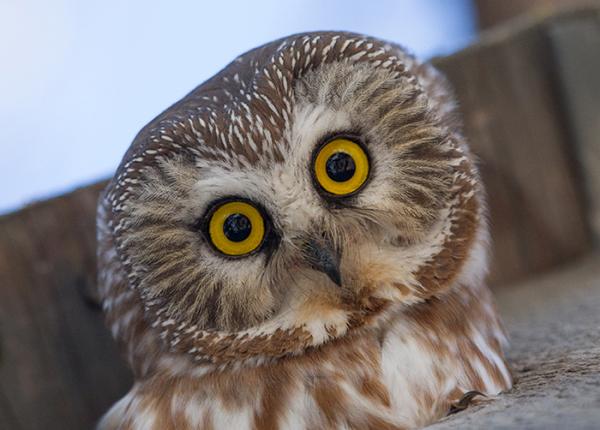The list of mites was much more extensive than I had thought. Some things I thought may be mites also are not, like fleas and lice. It turns out scabies is caused by mites though.
I can enjoy a good look at bugs, but these ones that are so tiny swing back to creepy territory. You can’t observe much, it’s just more like air that can bite you or chomp on dead material.
Insects (or arachnids) one finds by surprise are definitely more freaky than ones you knowingly encounter! It’s like if you smack someone for giving you a jump scare when you wouldn’t on any other occassion. I give you a pass on the moth. 😜









I can’t decide if it’s fluffy owl in a mask or a regular owl in an oversized wooly coat.